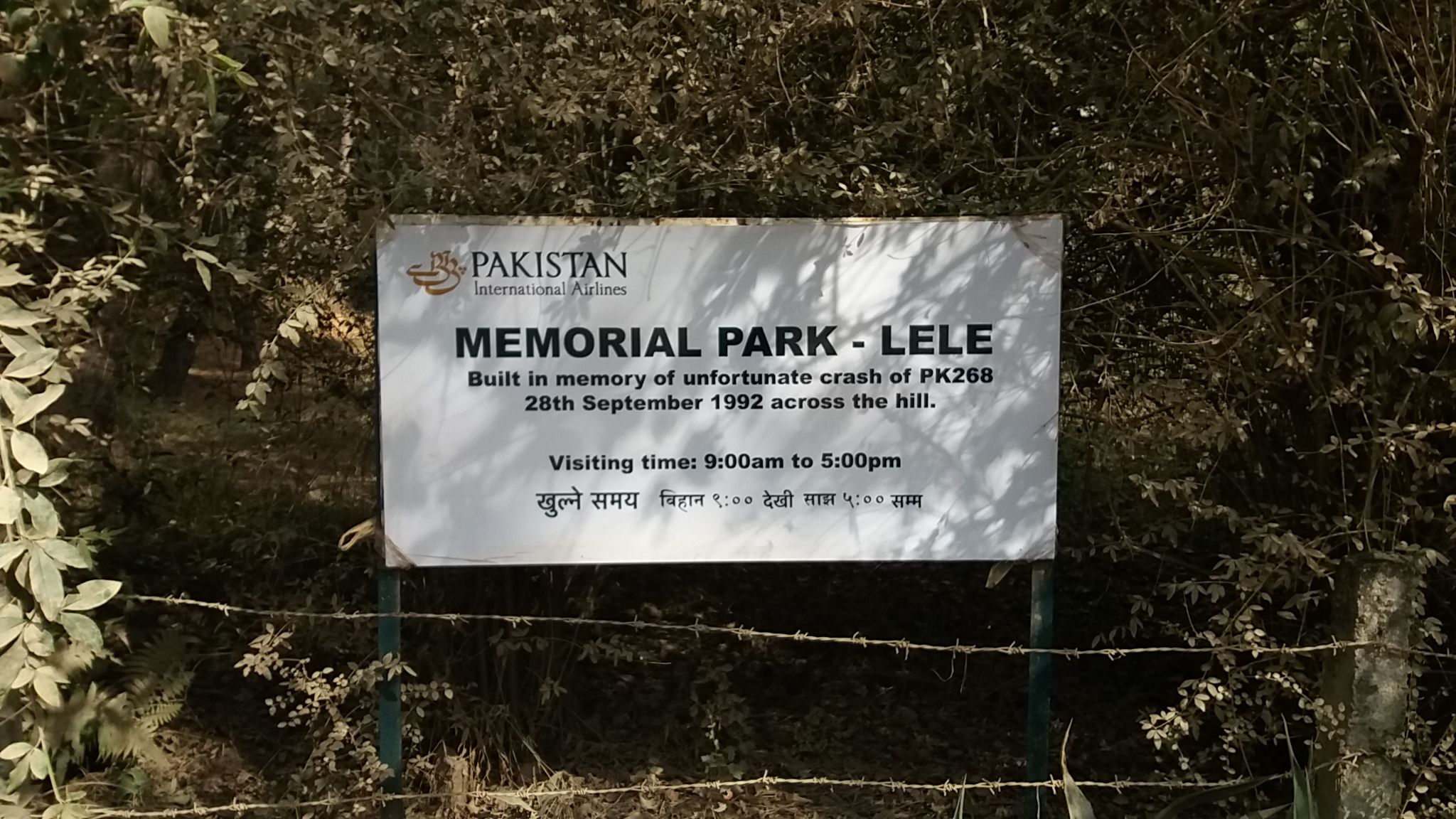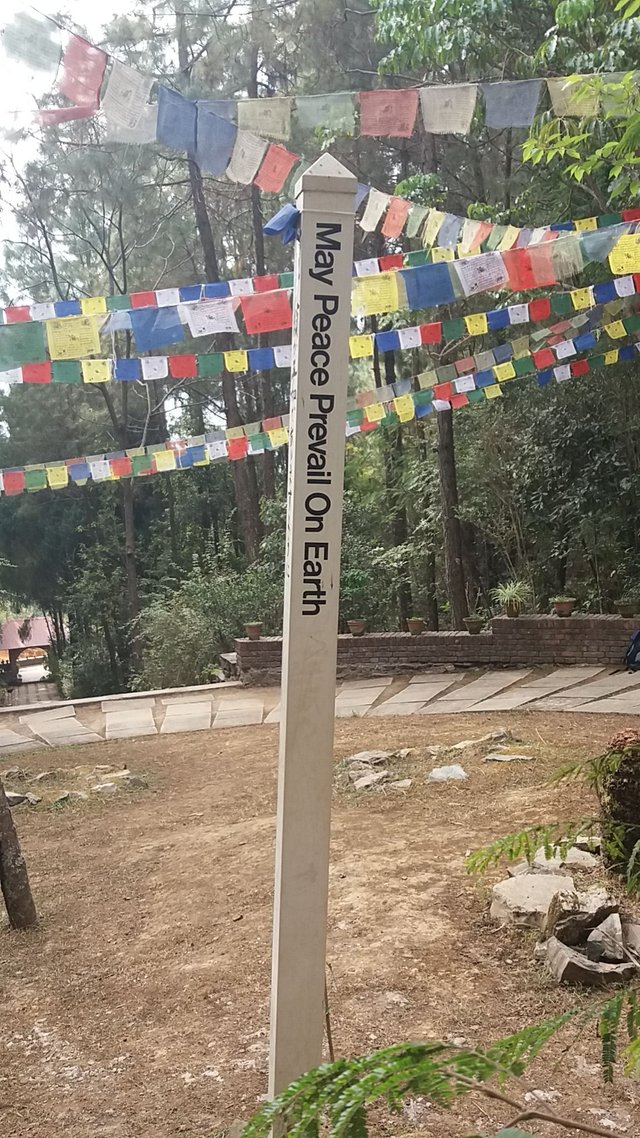Air safety in Kathmandu Airport
You might be planning to fly into Tribhuvan International Airport in Kathmandu, Nepal soon. Be relieved to know that finally, December of 2017, officially 1 February 2018, it has a Monopulse Secondary Surveillance Radar (MSSR) system. This enables the control tower to see on radar approaching plans for a radius of 250 miles. Previously, the old terminal radar could only see for a radius of 50 miles. And the, now obsolete, radar was only installed 20 years ago after two major crashes took place in the same year.
On 31st July 1992, Thai Airways flight 311 from Bangkok crashed on its approach to Kathmandu killing all 113 people on board.
Below is an animation of the fatal crash uploaded on YouTube by Aviation World/ National Geographics.
One of the probable causes was sighted by the investigators as "ineffective radio communication between the area-control centre controller and the flight crew which allowed the aircraft to continue in the wrong direction."
Only 2 months later on the 28th September 1992, Pakistan Airlines Flight PK268 from Karachi International Airport crashed 18km south of the city, at an altitude of 2,225 metres on its approach to Kathmandu’s Tribhuvan International Airport. There were 167 onboard, including 12 crew. No one survived.

The exact cause of that crash is not know as there is no record of the crew’s conversation on the flight deck but it was suggested that evidence indicated the prime cause of the accident was that “one or both pilots consistently failed to follow the approach procedure and inadvertently adopted a profile which, at each DME fix, was one altitude step ahead and below the correct procedure. ..Contributory causal factors were thought to be the inevitable complexity of the approach and the associated approach chart."
In other words, both crashes we probably caused, or at least contributory causes were the lack of communication between the ground and aircraft.
When the investigation gave its findings, one, among many of its recommendations was that the Nepal Government and Department of Civil Aviation should “study the practicalities of providing an instrument landing system (ILS) and radar coverage at Kathmandu.” Another finding was that working conditions be improved for air traffic controllers, including providing training and formal air traffic controller licenses.
And yet it was only two years later, in 1994, rating and licensing of air traffic controllers was indeed introduced. In 1998 that an ASR/SSR radar system was inaugurated.
Now, 20 years on, that radar system is obsolete. The same people who funded and provided the the 1998 radar have installed the new Monopulse Secondary Surveillance Radar (MSSR) system, that is the Japanese Government.
With the new radar equipment - installed on the terminal and on the highest point of the Kathmandu Valley at Bhattedanda, which incidentally was where the PIA flight crashed, air safety in Nepal has increased dramatically.
You may be interested to know that both crash sites - Thai Airlines being 37 km north of Kathmandu and PIA being 18km south of the city - have memorials to those who lost their lives that day. Let peace prevail indeed.
